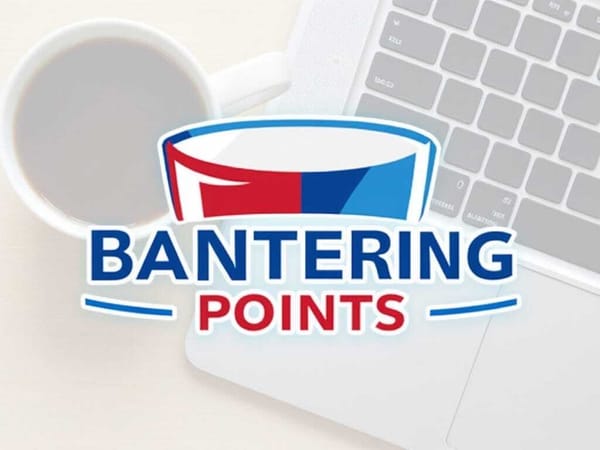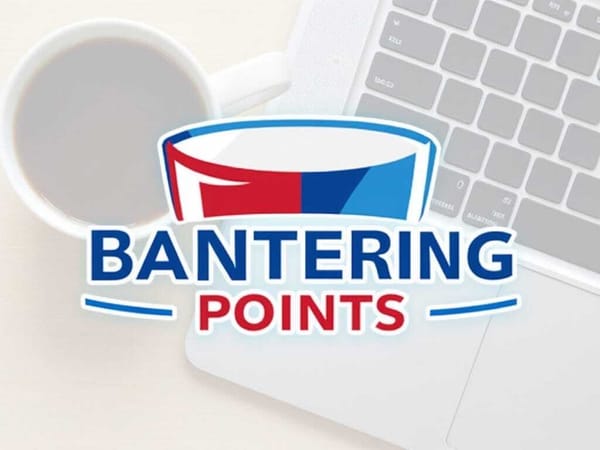The Rangers’ Fast Start Now Has Validity
After winning games in spite of poor play, the Rangers’ underlying game has taken a major turn for the better.
With a sparkling record of 17-5-3, the New York Rangers are off to an excellent start to the season. Now more than a quarter of the way into the 2021-22 campaign, the Blueshirts have given themselves some margin for error as they hone in on their first playoff berth since 2016-17 (excluding the play-in tournament of the COVID-shortened 2018-19 season). (I promise I am not trying to jinx anything.)
Winning Belied the Rangers’ Early Inconsistency
Winning has been consistent for the Rangers through 25 games. What has not been consistent is their underlying play–at least until recently (Wednesday night’s excusable 7-3 schedule loss to the Colorado Avalanche notwithstanding). Fascinatingly, there is a very clear inflection point between when the Rangers were playing poorly but getting good results, versus when they started playing with a better process and still yielded good results: the first intermission of their Nov. 13 game in Columbus against the Blue Jackets.
It's wild we can legitimately pinpoint the exact moment this team started to play well: the 1st intermission of the November 13th game @ Columbus.
— HockeyStatMiner (@HockeyStatMiner) December 8, 2021
At that point, the Rangers had a solid record of 7-3-3. But the numbers were ugly. Through those first 13 games before that tilt against the Jackets, the Rangers’ expected goals-for percentage (xGF%) at five-on-five play was a lowly 41.69 percent, per Natural Stat Trick. At the time, that figure ranked 31st in the league, ahead of only the Chicago Blackhawks (41.25 percent) by a thin margin. They were also giving up 11.95 high-danger shot attempts per 60 minutes, which was sixth-worst in the league.
So, how were the Rangers winning? Quite simply, a little bit of luck and a lot of Igor Shesterkin. Shesterkin posted a .933 save percentage at five-on-five during the initial 13-game stretch, appearing in 10 of those games. He was somehow even better while the Rangers were on the penalty kill; his save percentage was an incredible .947, and his goals-saved above average (GSAA) was 4.63–far and away the best among goalies with at least 50 shorthanded minutes during that calendar stretch.
The wins were great, but the Rangers’ overall play was not conducive to long-term success. Shesterkin is arguably the best goalie in the NHL, but asking him to perform at this level for an entire season is unreasonable. The Rangers would be better served to play so that Shesterkin is a luxury for them–not a necessity to win every game. That’s highlighted even more now, with Shesterkin sidelined for a short while after suffering a lower-body injury against the San Jose Sharks on Dec. 3.
Sudden Improvement in Rangers’ Play
Since those first 13 games, though, the Rangers have turned things around so that they do not have to rely on Shesterkin’s stellar goaltending all the time; in fact, the inconsistent Alexandar Georgiev has played in at least part of each of their last three wins. Their five-on-five xGF% in the past 12 games is a strong 53.33 percent, good for eighth-best in the league. They’ve also been giving up fewer high-danger shot attempts, averaging 10.32 against per 60 minutes, which ranks 11th-best in the league. The below graph of their rolling five-on-five expected goal differential (via Evolving Hockey) paints the picture pretty clearly:
The low point of the 10-game rolling average is right around the 13-game mark. Since then, there has been a steady climb in this number. The most recent blemish is only a result of Wednesday night’s loss to Colorado, which again, is understandable for a number of reasons.
Looking back at the Rangers’ 13th game of the season on Nov. 8 in New York, they were able to hold off the previously-unbeaten-in-regulation Florida Panthers, 4-3. Despite the win, head coach Gerard Gallant was clearly upset with how the team played. In that matchup, the Rangers were out-shot 45-18 overall, including 35-7 during 50:30 of five-on-five play. They were also out-attempted 75-23 at five-on-five. Shesterkin bailed them out with 42 saves. They built a 4-0 lead but had to escape by the slimmest of margins. It was about as troubling as a win could possibly be.
“It was no fun watching that,” Gallant said after the game. “You win a game against an undefeated team [in regulation], a great team and you don’t feel good with that.
“I’ll take the two points later but it’s not the way you’ve got to play hockey.”
Turnaround in Columbus
It seemed to be a wakeup call for the Rangers, who then had four days off to get right before the aforementioned Nov. 13 game in Columbus. The time off allowed them to reset and refocus on limiting the high-danger chances against, and spending more time on the offensive zone.
The first period in Columbus was more of the same; the Rangers were out-shot 12-9, but dominated in terms of chances and expected goals. At all strengths, Columbus held a whopping 76.77 percent of the xGF share. They managed to score on the power play, but the Rangers were able to tie the score late in the period and entered the locker room 1-1 in a game that should have been lopsided in favor of the home team.
At the time, it appeared the Rangers had not adjusted whatsoever. In hindsight, maybe it was just a matter of shaking off the rust of four days off, because the rest of the game was a different story. The Rangers fell behind 2-1 about seven minutes into the second period, but then exploded for three goals in 1:03. They took over the game, out-shooting Columbus 19-7 while owning 62.51 percent of the xGF share in all situations during the second period. A power-play goal early in the third period put the Rangers ahead by three, after which point the game was a bit more even, with score effects playing a role.
The Rangers had about half of the xGF share (48.6 percent) in all situations in the third period, and 45.06 percent at five-on-five–while not great, quite a turnaround from their dismal 22.59 percent mark in the first period, and understandable given they were harboring a multi-goal lead. New York would end up winning 5-3.
The Rangers Have Found Lineup Stability
Starting from and including that game, the Rangers are in the midst of a 10-2-0 run in their past 12. The wins were coming before, but not quite to this extent, and not because of strong underlying play. So, what caused the sudden turnaround, where the Rangers’ wins have a solid foundation to stand on? A confluence of factors seem to be at play. The time off after the Florida game to address their issues seemed to help. Getting more and more accustomed to a new coach in Gallant, and his systems, have probably helped as well; a grace period of adjustment likely should have been an expectation.
After a slow start by his standards, Artemiy Panarin has, predictably, found his game again. Kaapo Kakko has found confidence in his game and has hit the score sheet a bit more while getting consistent minutes on the top two lines. Jacob Trouba has emerged as the defenseman for whom the Rangers traded and then signed to a lucrative long-term deal. Adam Norris Fox looks even better than last year. Chris Kreider is still scoring at a high clip, thanks especially to his prowess down low on the power play. Is this finally the season he breaks 30 goals? At this right, he might flirt with 60.
Another driving factor on a more macro-level is the consistency the Rangers have found in their forward line combinations. While their defensive pairings have remained mostly stable (especially the top two pairs), the Rangers were juggling their forward lines a bit earlier in the season. Now, as a whole, even after losing winger Sammy Blais for the season, the Rangers have largely settled into groupings that seem to be working. Kakko has been effective both with Panarin and Ryan Strome, and more recently on a line with Kreider and Mika Zibanejad. Panarin and Strome have not missed a beat with Dryden Hunt on the right wing in recent games. Hunt has proven to be a bargain signing as a grinding player who can fit in throughout the lineup.
In the bottom six, the Rangers have formed a nice trio for their third line in Filip Chytil, Alexis Lafrenière, and Julien Gauthier, who has played well with consistent minutes since Blais’s injury. That group consistently generates chances (their five-on-five xGF is 57.32 percent), but just needs to start finishing more often. Rounding out the forward corps is the fourth line of Kevin Rooney, Barclay Goodrow, and Ryan Reaves. Goodrow playing on the fourth line instead of the top-six role he had previously been seeing with regularity has allowed the Rangers to build out a better-balanced top-three lines. And even with their success, the Rangers would be wise to seek out some additional wing depth as the season progresses.
While this level of winning is probably not sustainable for an entire season, there is much more validity in the Rangers’ winning record now, as their overall game is so much better than it was for the first month of the season. The standings show them as a top team, and now their underlying numbers are starting to trend that way and back up that story. Before, there was cause for concern, a fear that the Rangers’ poor play would catch up to them in the win and loss columns. Now, there is reason for optimism moving forward, as the Rangers can be a formidable team and a threat in the playoffs if they continue to play to the level they have been more recently.
Stats via Evolving-Hockey and Natural Stat Trick unless otherwise noted.





